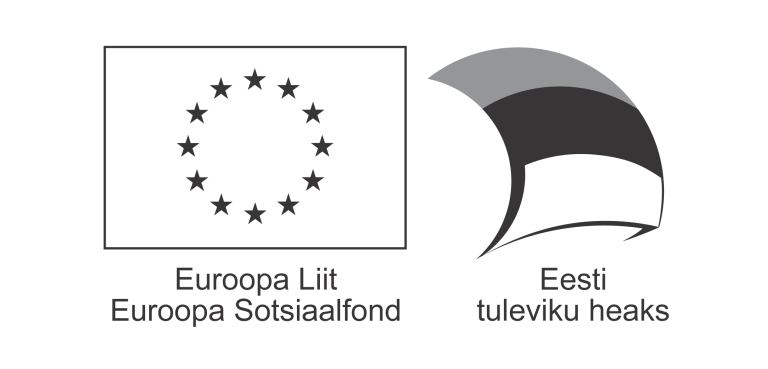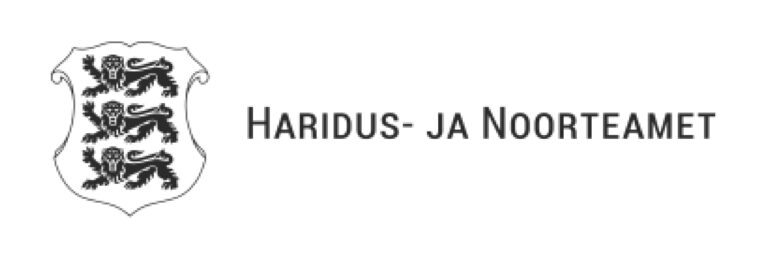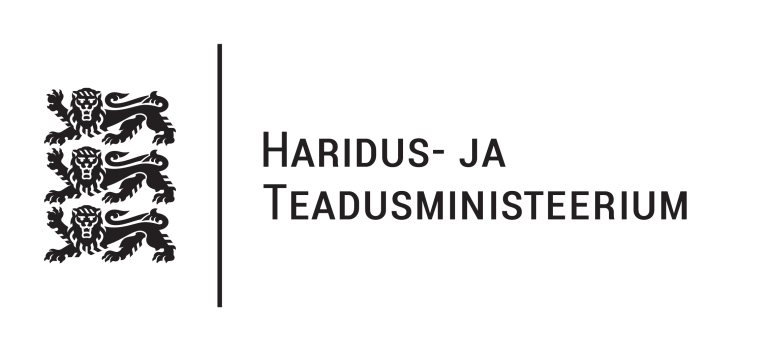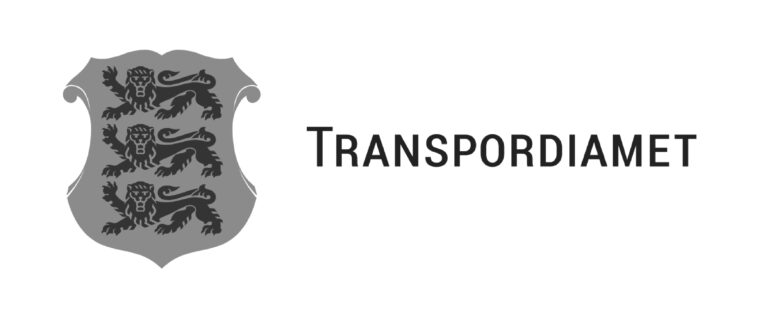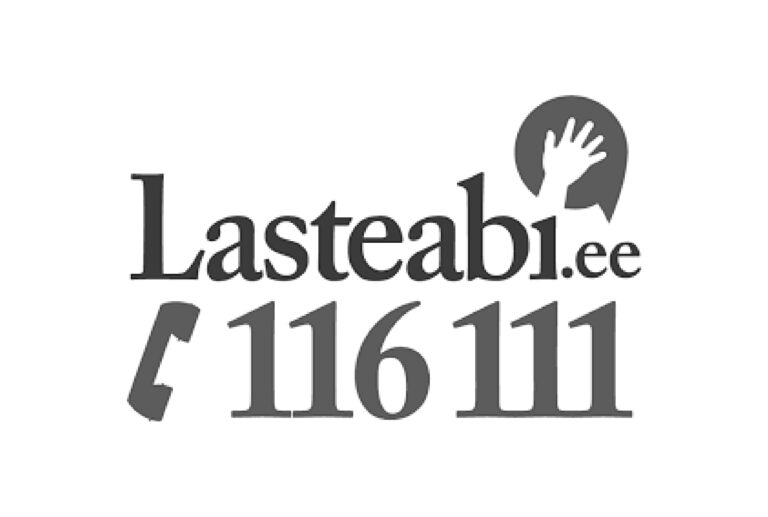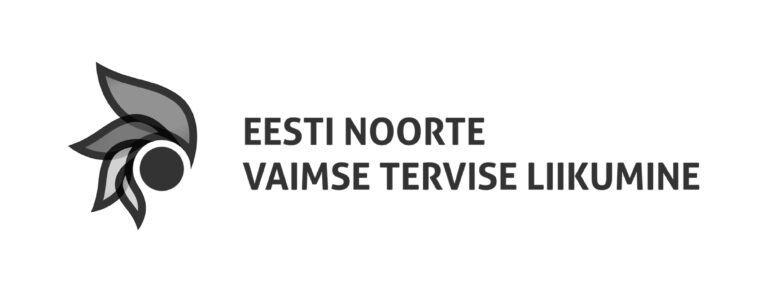Our state receives the majority of state budget revenue from taxes. The money received from taxes allows the state to perform its duties and provide services to its residents. The social, education and security sectors alone account for 57% of state revenue. In addition, funding is channelled into culture, road construction, environmental protection, courts, prisons, agriculture, etc.
State and local taxes
The Estonian tax system is made up of state and local taxes:
- State taxes are income tax, social tax, land tax, heavy goods vehicles tax, value added tax, customs duty, gambling tax, excise duties, and business income tax. The tax authority for state taxes is the Tax and Customs Board who is responsible for ensuring that taxes are transferred to the state budget.
- Local taxes are advertisement tax, road and street closure tax, motor vehicle tax, animal tax, entertainment tax, and parking charge. Additionally, land tax and part of the income tax of natural persons accrues to the budgets of local governments.
Simple tax system
The simplicity of the tax system plays an important part in ensuring tax compliance and gaining the trust of taxpayers. Compared to other EU countries, Estonia has always stood out in this regard. To a large extent, we have uniform tax rates and very little differentiations. As a result, tax obligations are easier to understand and perform. A simpler tax system also means that the costs for collecting taxes are lower. Thanks to the simple system and e-service, only 0.37 euros are required to collect a tax revenue of 100 euros, which is one of the best results among developed countries.
Everyone consumes public goods, however, if we were to stop paying taxes, the state would no longer have the funds to provide these public goods.
Without revenue from taxes, we would not have access to:
- schools, kindergartens, universities (education);
- hospitals and health insurance (family physician);
- security and safety (Police and Border Guard Board, Rescue Board, Defence Forces);
- public transport (buses, trams, trolley buses, trains);
- roads and street lighting, water supply;
- pension.
For this reason, it is essential that everyone contributes to state funds because with every 100 euros of taxpayer money, we can further improve our country.
This article was compiled by the Estonian Tax and Customs Board www.emta.ee.
The purpose of Estonian Tax and Customs Board (ETCB) is to administer state revenues, implement national tax and customs policy and protect society and legal economic activity.
Published in the youth information portal Teeviit in 2022.

